 © nikitamaykov/Adobe Stock
© nikitamaykov/Adobe Stock
Water Distribution: Pioneering New Paths for Cities
All over the globe people are moving into urban areas. This presents challenges for water distribution. Fortunately, the wienerberger subsidiary Pipelife is leading the way with new solutions.



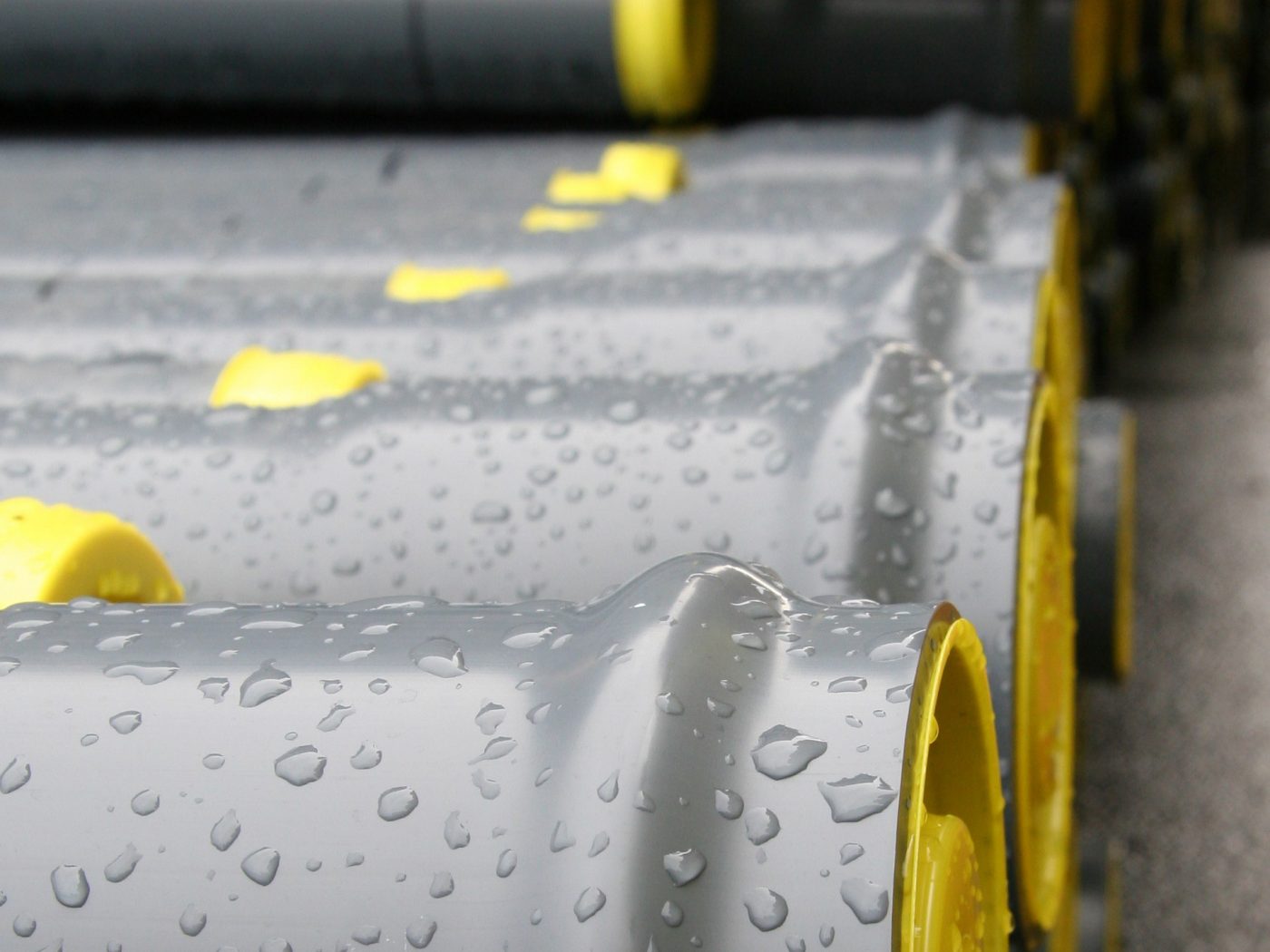

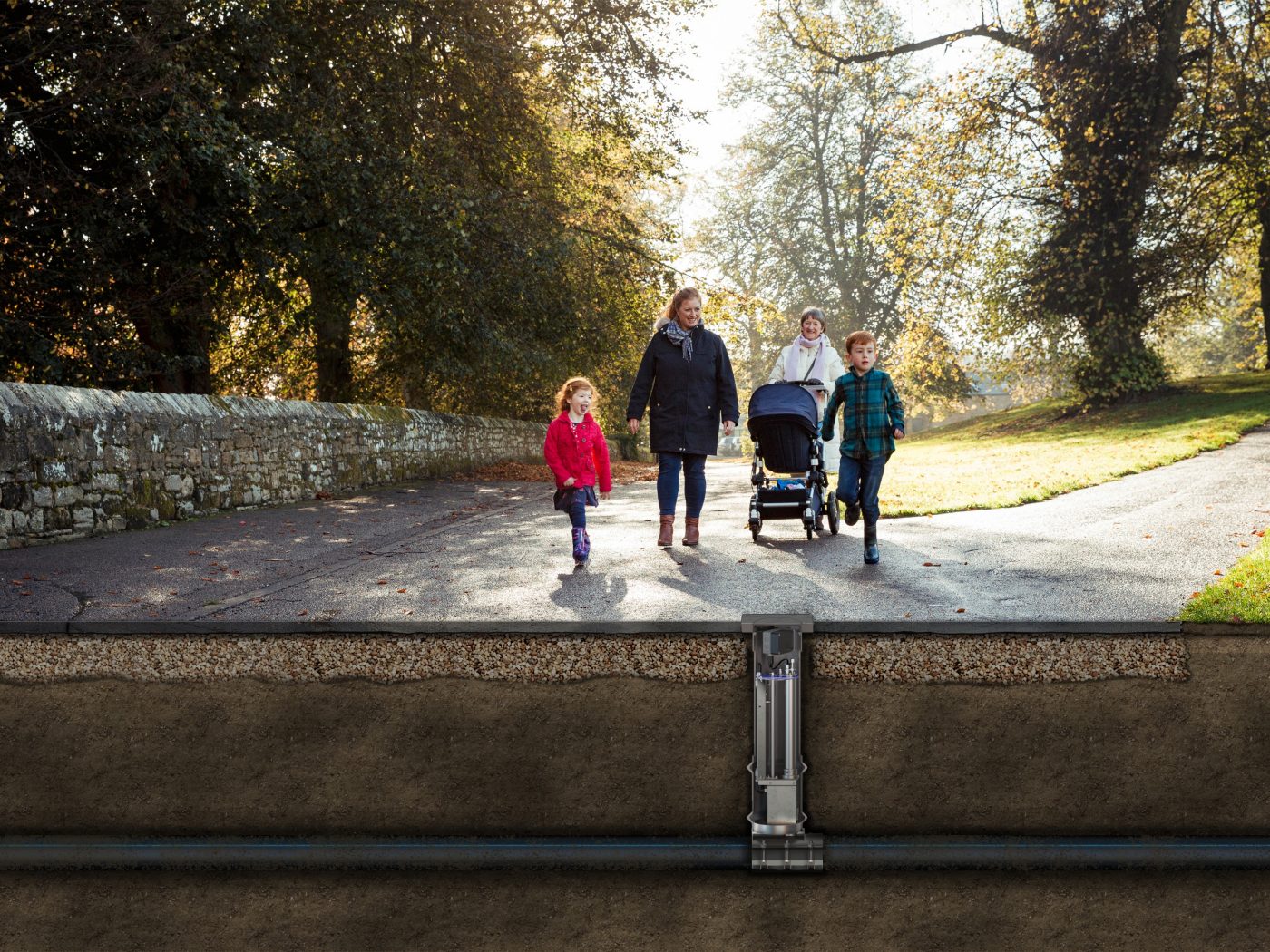
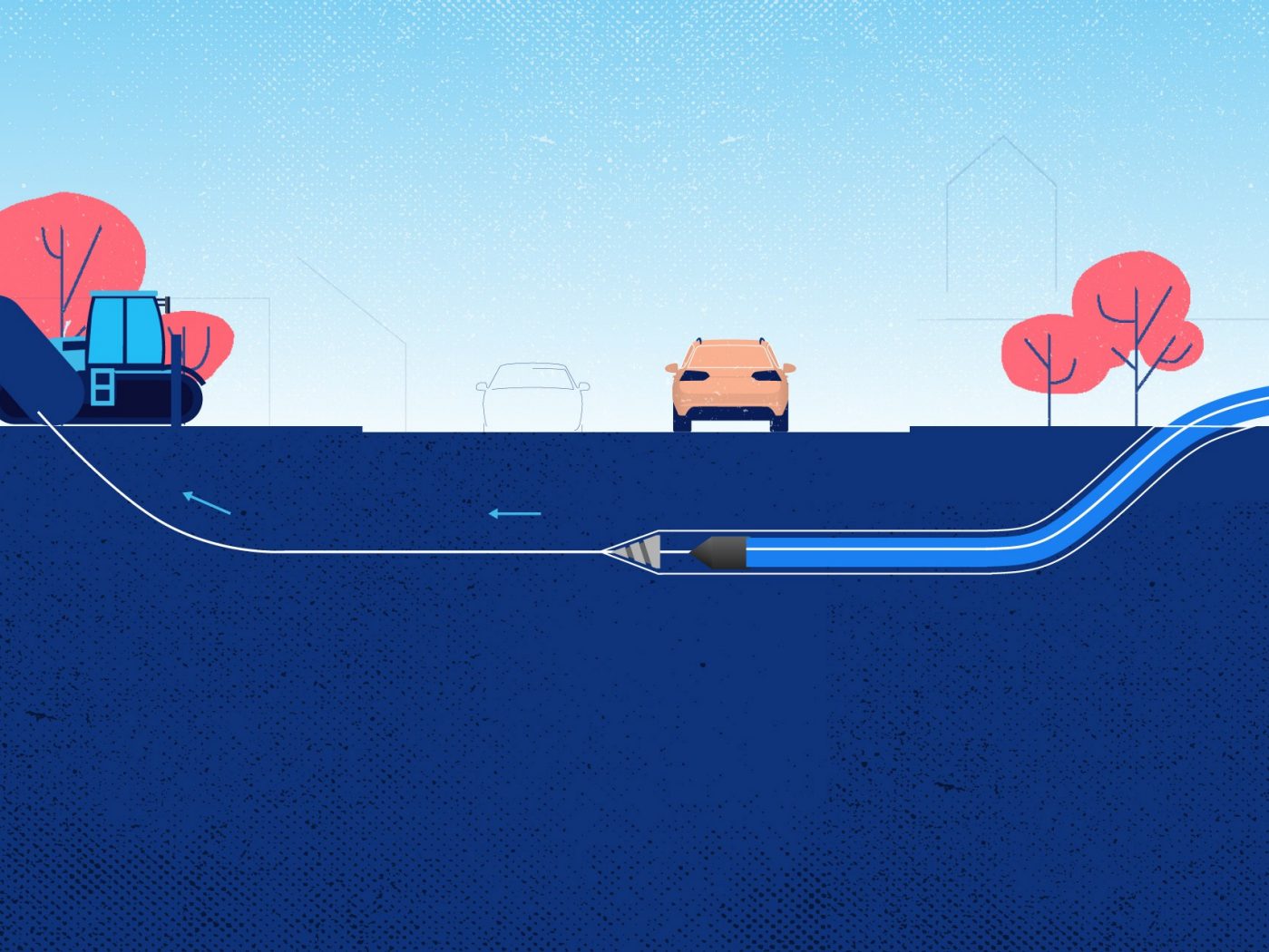 © Pipelife
© Pipelife
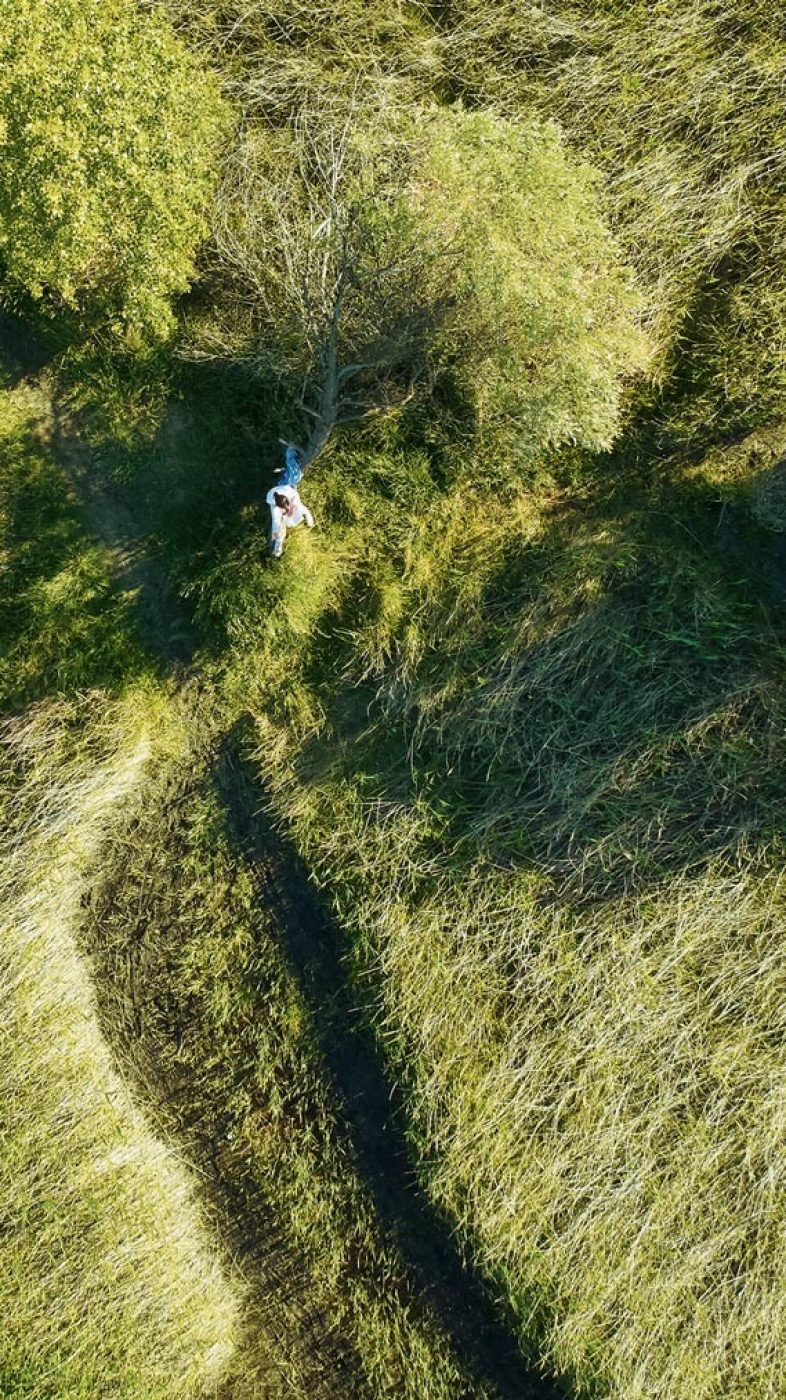 © Robert Staudinger
© Robert Staudinger
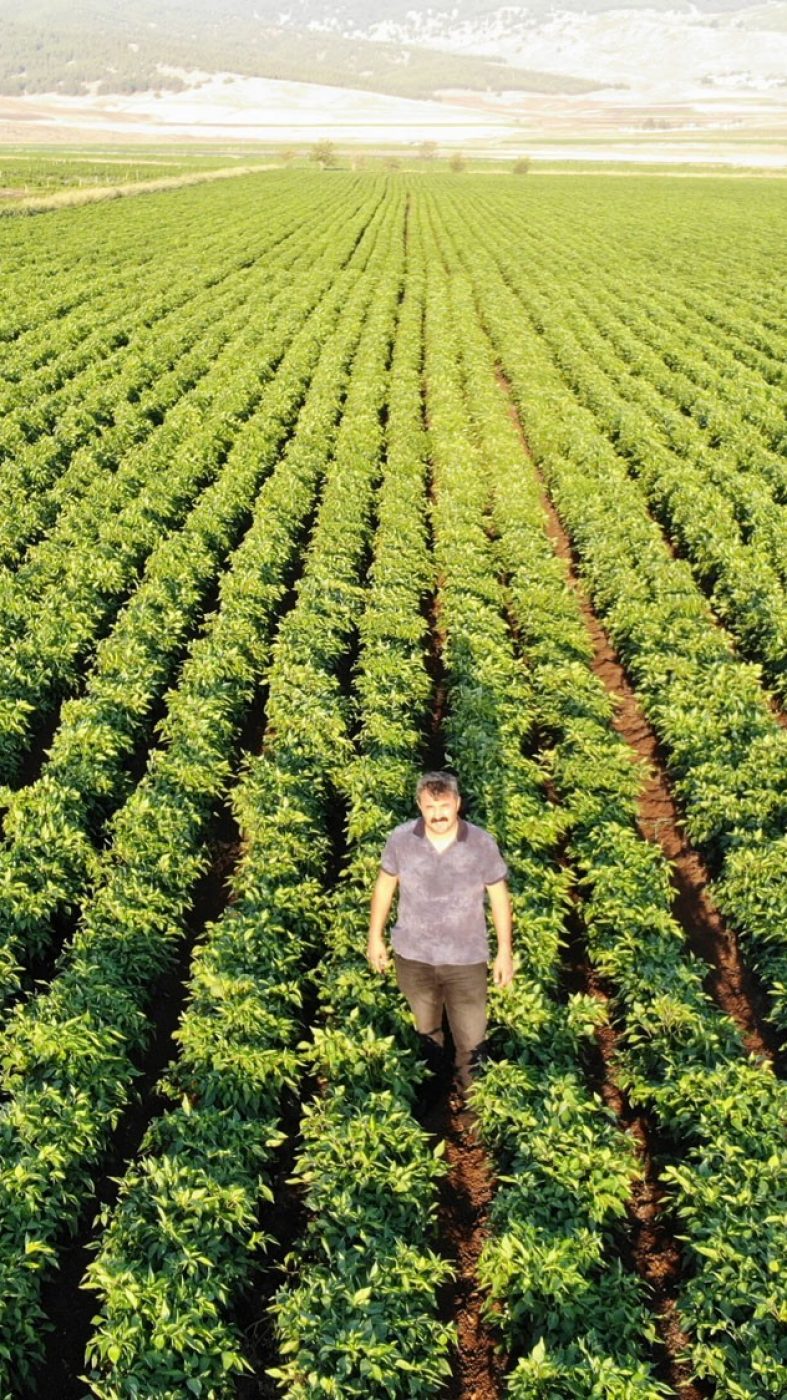 © Pipelife
© Pipelife
 © Julia Arda/Adobe Stock
© Julia Arda/Adobe Stock